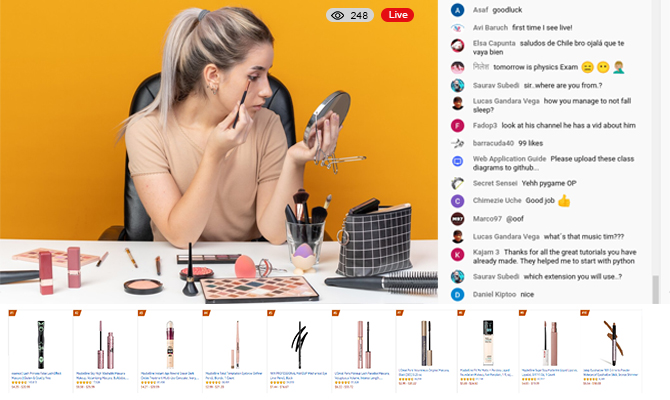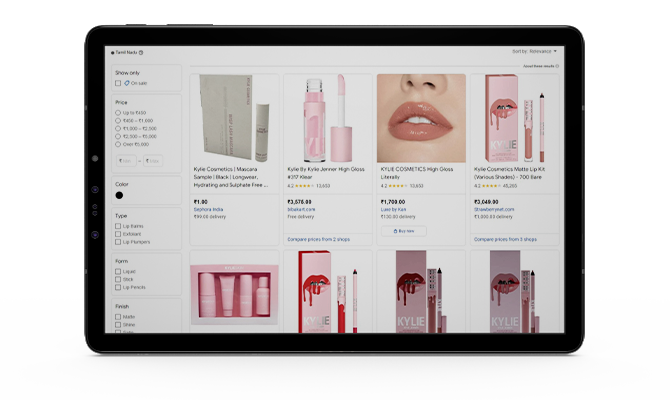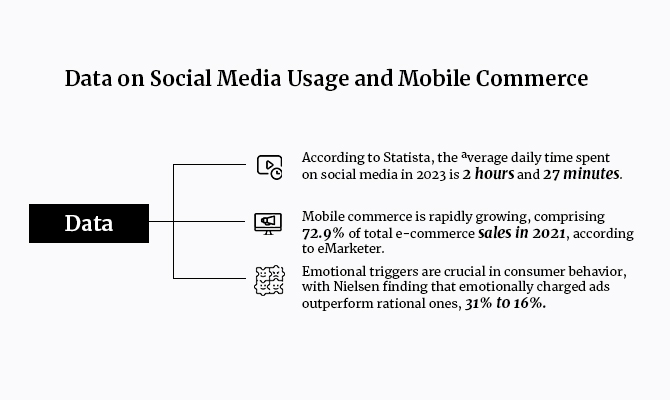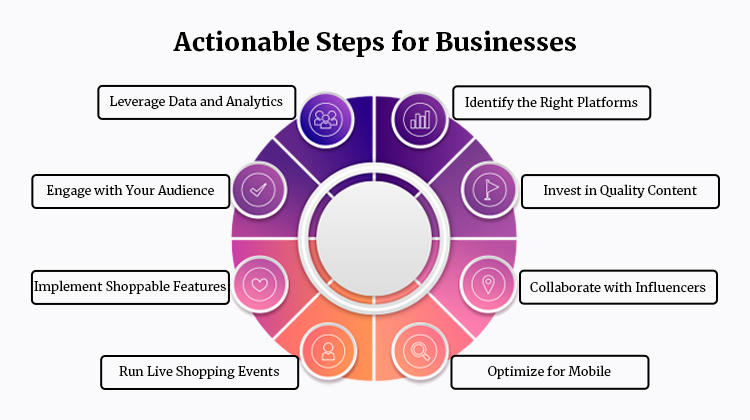Table of Contents
Social commerce is transforming the way businesses interact with consumers. It combines the power of social media and e-commerce, allowing businesses to reach customers where they spend a significant amount of their time—on social media platforms. In this blog, we will explore the growth of social commerce, how businesses can harness its potential, current trends, real-time use cases, and actionable steps to succeed in this space. We will also delve into the impact of mobile commerce and the emotional triggers that influence buying behavior.
The Growth of Social Commerce
Social commerce is growing at an unprecedented rate. According to a report by eMarketer, global social commerce sales are projected to reach $958 billion by 2022, representing a 35.8% increase from the previous year. This growth is driven by the increasing number of social media users, advancements in mobile technology, and the integration of shopping features on social platforms.
How Businesses Can Use Social Media to Build Their Commerce
- Leverage Social Media Platforms: Different platforms offer unique features that can enhance your social commerce strategy. For example, Instagram Shopping allows businesses to tag products in posts and stories, while Facebook Shops provide a customizable storefront.
- Create Engaging Content: Content is king in social commerce. High-quality photos, videos, and interactive content can capture attention and drive engagement. Utilize user-generated content to build trust and authenticity.
- Influencer Partnerships: Collaborate with influencers who align with your brand. Influencers can reach a wider audience and provide social proof, encouraging their followers to purchase from your business.
- Utilize Social Proof: Customer reviews, ratings, and testimonials can significantly influence purchasing decisions. Highlight positive feedback and encourage satisfied customers to share their experiences.
- Implement Shoppable Posts: Make it easy for customers to purchase directly from your social media posts. Shoppable posts reduce friction in the buying process and increase conversion rates.
Current Trends in Social Commerce

- Live Shopping: Live shopping events allow businesses to showcase products in real-time and interact with viewers. This trend is particularly popular in China, with platforms like Taobao Live driving significant sales.
- Social Media Advertising: Targeted ads on social media platforms enable businesses to reach specific demographics and retarget users who have shown interest in their products.
- Integration with Augmented Reality (AR): AR features, such as virtual try-ons, enhance the shopping experience by allowing customers to visualize products before purchasing.
- Personalized Shopping Experiences: AI and machine learning are being used to personalize the shopping experience based on user preferences and behavior.
Real-Time Use Case: Kylie Cosmetics

Kylie Cosmetics, founded by Kylie Jenner, is a prime example of successful social commerce. The brand leverages Instagram to promote products, engage with followers, and drive sales. With over 25 million Instagram followers, Kylie Cosmetics uses a combination of high-quality visuals, influencer endorsements, and shoppable posts to create a seamless shopping experience. The brand’s Instagram account serves as a primary sales channel, showcasing new product launches and limited-time offers.
Data on Social Media Usage and Mobile Commerce

- According to Statista, the average daily time spent on social media in 2023 is 2 hours and 27 minutes.
- Mobile commerce is rapidly growing, with mobile devices accounting for 72.9% of total e-commerce sales in 2021 (eMarketer).
- Emotional triggers play a significant role in consumer behavior. A study by Nielsen found that ads with emotional content performed twice as well as those with rational content (31% vs. 16%).
Impact of Emotions on Buying Behavior
Emotions significantly influence purchasing decisions. Here are some key emotional triggers and their impact:

- Happiness: Positive content that evokes happiness can increase engagement and sharing, leading to higher brand visibility and sales.
- Fear of Missing Out (FOMO): Limited-time offers and exclusive deals can trigger FOMO, prompting immediate purchases.
- Trust: Building trust through transparency, customer reviews, and influencer endorsements can reduce purchase hesitation.
- Anticipation: Teasing new product launches and creating anticipation can drive pre-orders and initial sales.
Actionable Steps for Businesses

- Identify the Right Platforms: Focus on the social media platforms where your target audience is most active.
- Invest in Quality Content: Create visually appealing and engaging content that resonates with your audience.
- Collaborate with Influencers: Partner with influencers to expand your reach and build credibility.
- Optimize for Mobile: Ensure your social commerce strategy is mobile-friendly, as a significant portion of users access social media on their phones.
- Leverage Data and Analytics: Use data to understand customer behavior and optimize your social commerce strategy accordingly.
- Engage with Your Audience: Respond to comments, messages, and reviews to build a loyal community.
- Implement Shoppable Features: Use shoppable posts and stories to streamline the purchasing process.
- Run Live Shopping Events: Host live shopping sessions to showcase products and interact with customers in real-time.
Conclusion
Social commerce is a powerful tool for businesses looking to reach and engage with customers in the digital age. By leveraging social media platforms, creating engaging content, and understanding the emotional triggers that influence buying behavior, businesses can drive sales and build a loyal customer base. Staying updated with current trends and continuously optimizing your strategy based on data and analytics will ensure long-term success in the ever-evolving social commerce landscape.








